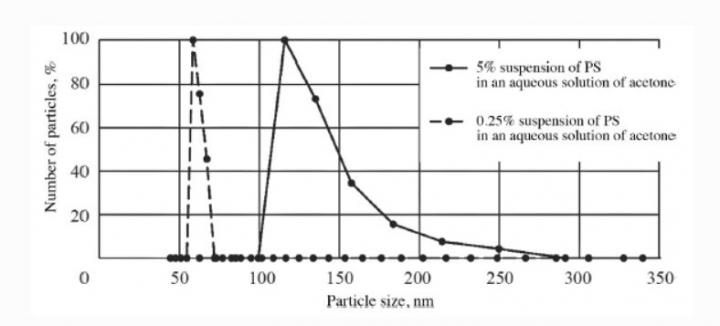A paper by Kazan Federal University appeared in Chemical and Petroleum Engineering

Credit: Kazan Federal University
The co-authors, Associate Professor Dinar Fazullin and Associate Professor Gennady Mavrin, have been engaged in the topic of membrane elements for water purification for ten years. This research area is very pertinent because of the large volumes of liquid waste and a lack of specialized types of membranes.
In the article, the co-authors explain that in order to increase the resistance of the membrane to aggressive media and increase the mechanical strength, dynamic membranes with a surface layer of polystyrene on a substrate of porous hydrophilic polytetrafluoroethylene were obtained. ‘Dynamic’ is the name of the composite membrane created by the formation of a semi-permeable layer on the surface of a porous base of suspended microparticles or dissolved substances present in the solution being processed, which is in dynamic equilibrium with the solution. The main advantages of dynamic membranes are repairability and equipment durability. Particles of polystyrene deposited on a substrate are less than 70 nm in size. Electron micrographs of the membranes were obtained by scanning electron microscopy, which shows that the surface of the dynamic membrane is covered with spherical polystyrene particles with a particle size of less than 100 nm. After applying a layer of polystyrene to the surface of the substrate, a decrease in the specific productivity of the membranes is observed and an increase in the hydrophobicity of the surface layer of the membrane is revealed.
A dynamic membrane was used to separate the spent cutting fluid. The separation efficiency of the emulsion was evaluated by the removal of oil products and fatty acids. After ultrafiltration, the concentration of oil products in the membrane filtrate decreases. The calculated retention capacity of the initial PTFEg microfiltration membrane for oil products is not more than 49%; after applying a dynamic layer of polystyrene, an increase in the retention capacity of the membrane to 95% is provided, which is 5.5% more than the retention capacity of a commercial ultrafiltration membrane UPM-100. The retention capacity of other commercial ultrafiltration membranes for emulsions is 82 … 99%. The high retention capacity of the dynamic membrane for oil products is achieved at a specific productivity of 167 dm3 / m2 ? h, which is better than the performance of commercial ultrafiltration membranes. The HPLC method was used to study the content of fatty acids in the emulsion and its filtrates, the retention capacity of which in the dynamic membrane was more than 68%.
The obtained hydrophobic dynamic membranes can be effectively used for the separation of spent emulsions and disposal of liquid waste with a high specific performance. The developed method for producing a composite membrane will allow obtaining membranes with the required pore sizes, and will make it possible to repeatedly replace the contaminated dynamic layer with a new one.
In the future, the researchers plan to work on stabilizing the dynamic layer of the membrane by physical means, since the stability of the surface layer is an important factor in the process of efficient separation of emulsions. It is also planned to study the development of new composite membranes for water treatment and water purification processes.
###
Media Contact
Yury Nurmeev
[email protected]
Original Source
https:/
Related Journal Article
http://dx.




